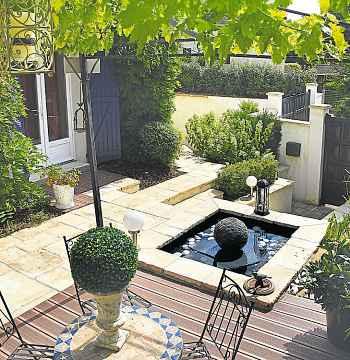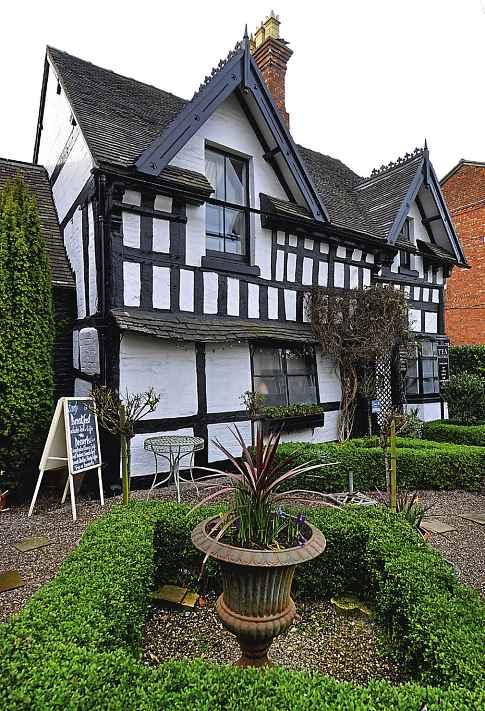
4 minute read
NEWPORT
ANDY RICHARDSON EXPLORES THE TOWN, ITS HISTORY AND ATTRACTIONS
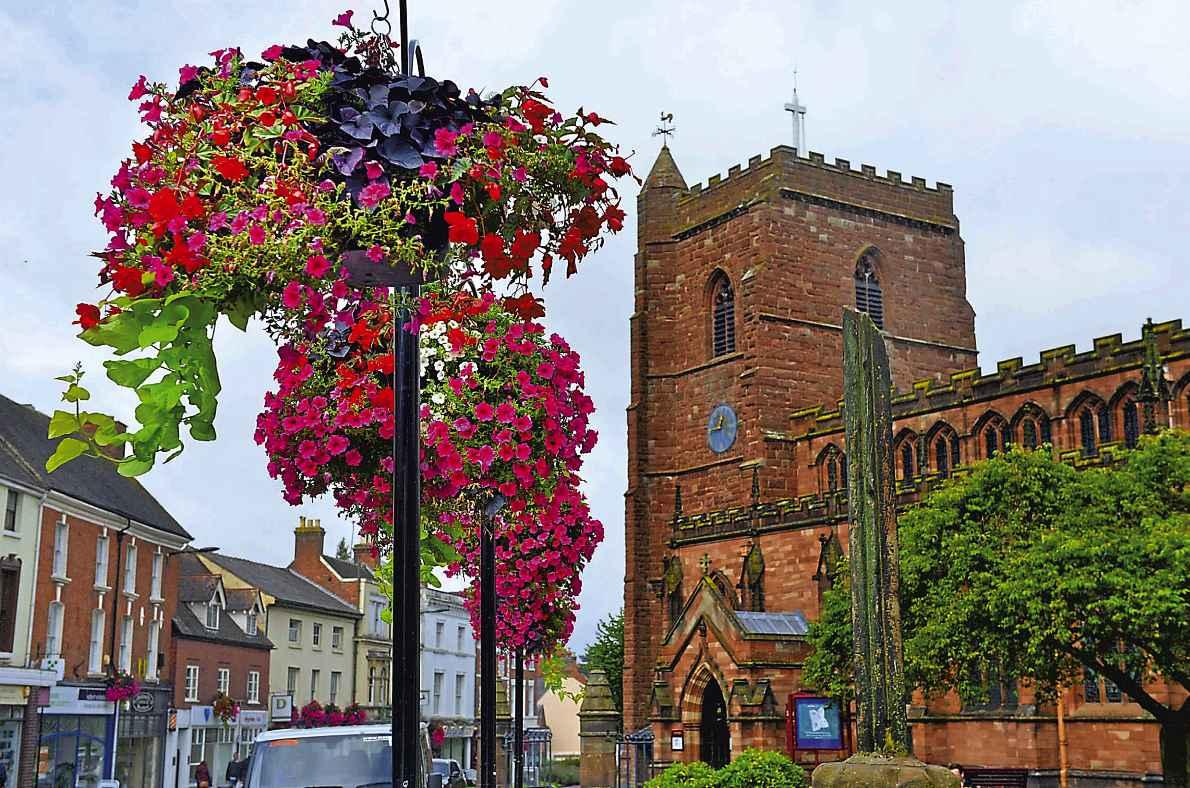
Filled with history and aburgeoning community spirit, Newport is the market town that remains everpopular with locals and visitors alike. Fewlocations in Shropshire are so well placed, offering the best of the countryside allied to exceptional local facilities and easy access to larger,nearby towns and cities, be that Wolverhampton and Birmingham to the south, Stafford to the east, Shrewsburyto the west, or Stoke-on-Trentfurther north. Newport’s nearness to the M6 also putsthe town within driving distance of Liverpool, Manchester,Sheffield, Derby,and Nottingham, all of which are connected by clear,generally free-flowing roads.
Yetwith so many attractions on its doorstep, many Newport residents ask themselves asimple question –‘When our home town is so good, why would we ever want to leave.’
The All About Newport website sets out many of the attractions in thetown, which originated many centuries ago on the Via Devana, Roman Road, that linked Colchester and Chester.Itisa beautiful historic market town and an ideal place to visit or use as abase while exploring many surrounding villages, hamlets or picturesque Shropshire countryside.
Within the town’s boundaries, there are historical buildings, landmarks, fantastic independent shops and boutiques, traditional pubs, cafes and more.
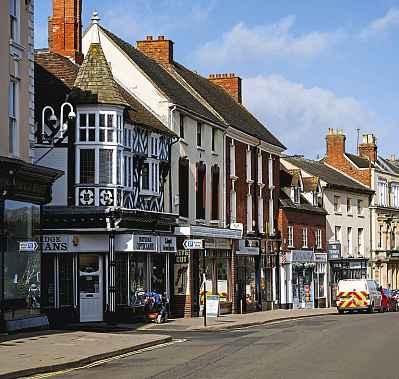
At the heart of Newport since the 12th Century is St Nicholas Church. The church has gone through many changes through theages, which together with various carvings and beautiful stained windows, offer afascinating glimpse into town history for the passing visitor The church is open seven days aweek between the hours of 11am and 3pm. Their website offers dates and times of upcoming church events.
The church was built in the 12th century with the tower being rebuilt in 1360. Thomas Draper bought the church from the Abbot of Shrewsbury in 1452, but it was not until 1700 thatitgained its land and the rectorywas endowed. The red brick north and south aisles were added in the 18th century.Galleries and gas lightingwas added in 1837. The chancel was rebuilt in 1866. The church has been restored twice, the south side in 1883 and thenorth side from 1890 by John Norton. The west porch was built in 1904, agift from Lady Boughey Restoration work to the church was undertaken in the 1880s, by John Norton, to restore it to its current condition.
In 1912, the controversialpolitician Enoch Powell was baptised at the church where his parents previously had married in 1909.
Newport’s history is notable. It was located in the historic kingdom of Mercia, near where Wreocensæte was once situated. Humans inhabited the surrounding area long before the creation of the town. Once established, Newport became amarket town in the centre of the rural farming area between Stafford and Shrewsbury
In Saxon times, there were two settlements in the area. The first,Eastun, has been identified as Church Aston, and the second was Plaesc which is now Newport. In AD 963, Plaesc was described as having aHigh Street, astone quarry,and areligious community.The name Plaesc means ashallow pool. Few signs of the Saxon settlement exist today, apart from theHigh Street, the Quarry, which could be either the Quarry on Stafford Road, or the Hole Meadow on Wellington Road. This has not been definitely confirmed.
At the time of the Norman Conquest, the land where Newport sits formed part of the manor of Edgmond, which William
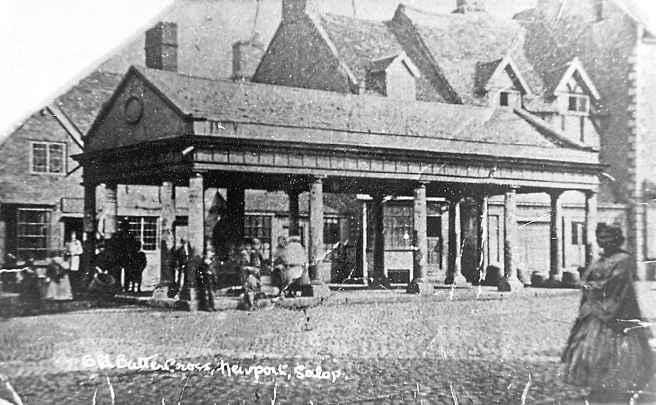
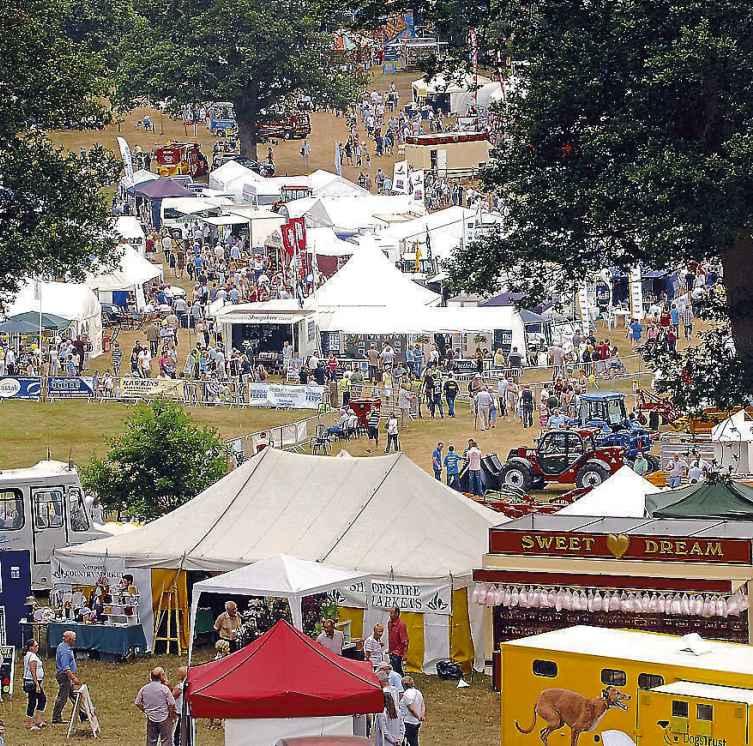
Igave as agift, along with the countyof Shropshire, to Roger,Earl of Shrewsbury Henry Ifounded the borough, first called Newborough, after the manor came into his hands from Robert de Belesme.
Newport was omitted from the Domesday Book of 1086, but this is not uncommon. Other towns omitted include London, Tamworth, Oswestry and Ludlow,all boroughs since Saxon times.
The Normans planned the new town around the older one during the reign of Henry I. The wide main street was designed for its market, and the narrow burgage plots running at right angles to it are typical of Norman architecture and planning, though today only Newport Guildhall and Smallwood Lodge are clear signs of Tudor buildings, due to the 1665 fire which destroyed most of the High Street.
In the centre of Newport itself there is aListed Market Hall building, built in 1860 after an Act of 1858 allowed for a new Market Hall and Indoor Market to be built. The indoor market took over from the Buttercross covered market, which stood where the Pulestone Cross stands today.The original Buttercross offered the people of Newport eggs and butter Today’s indoor market traders offer a much broader range of produce and products, as can be experienced by visiting them on aTuesday,Friday or Saturday
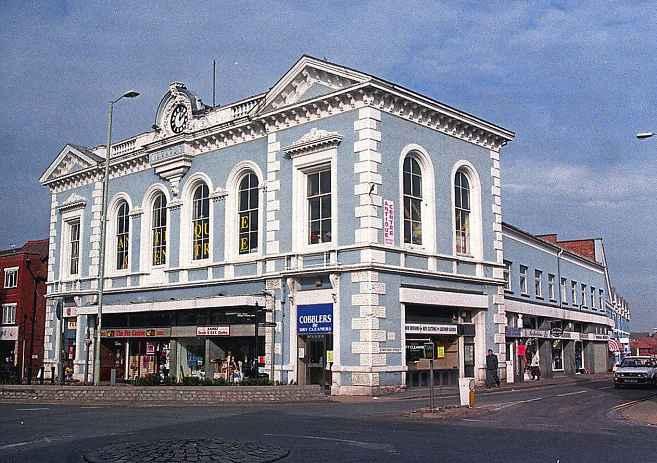
Like many rural market towns, Newport was influenced by industry; it served the needs of the mining area to the east of Shropshire and was alsoaffected by mass-produced industrial goods that replaced traditional crafts.
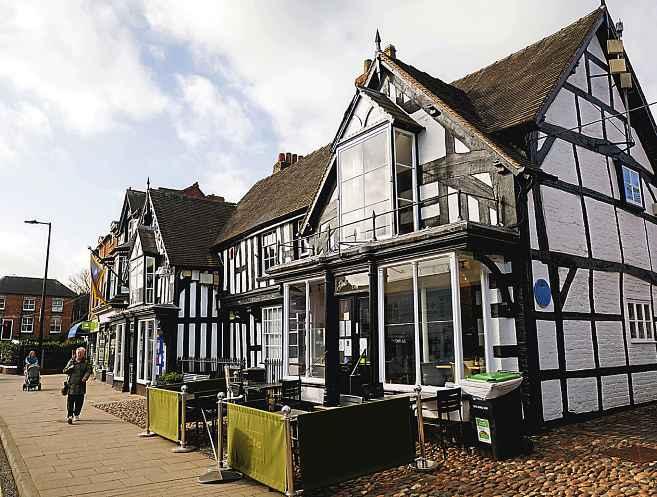
However,it’sinlandlocation means winters can be harsh. One of thelowest temperatures ever recorded in England, -26.1 C(-15F), was reported in the area in January 1982.That was cold enough to freeze dieselfuel in vehicles.
The town’s sensible councillors have retained free parking, which encourages people into the centre, and there are also banks, alibrary,Post Office, bus stops, free Wi-Fihotspots,local surgeries and more.
The main events staged in and around Newport over the years have included the Newport Carnival, which has been staged in Newport for over 150 years, and the Newport Old Tyme Market which usually happens annually,with Newport Show taking place in July.The newest event is the Newport Music Festival whichhas been hosted by various venues in the town.
Arguably the largest event bringing visitors to Newport,isThe Newport Show which is hosted yearly at Chetwynd Park, near Edgmond.
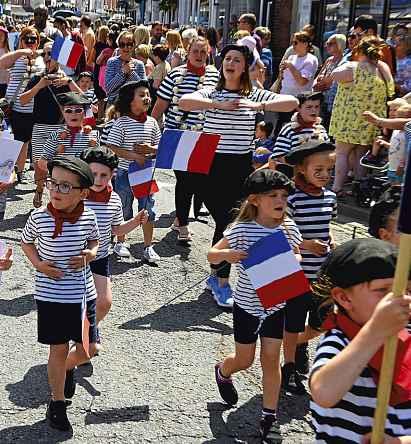
The show has become one of the leading shows in the Shropshire and West Midlands region due to its position near the town and size of the showground, which also hosts Shropshire Game Fair and British Falconry and Raptor Fair
Another popular event in thetown was the biennial Newport Nocturne Bike Race, which saw the Newport High Street packed with cycling enthusiasts and local supporters, and was well covered by national press andmedia outlets.


